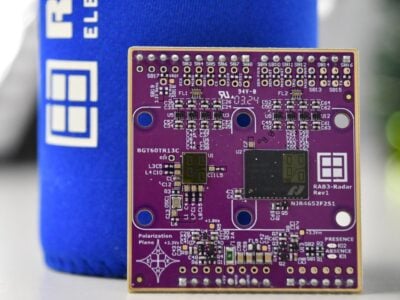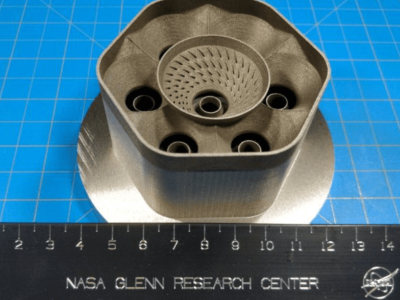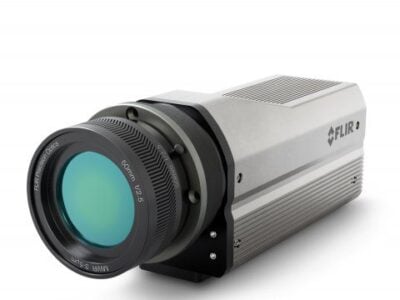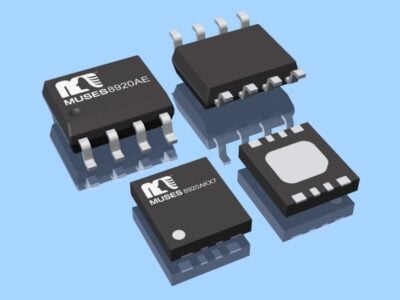
Low-power BioZ AFE shrinks footprint of monitoring devices
The MAX30009 low-power, high-performance BioZ analogue front-end (AFE) from Analog Devices, reduces the size and extends the life of bioimpedance (BioZ) remote-patient monitoring (RPM) devices. For developers of small, battery-powered, continuously wearable devices, this AFE on a chip offers clinical-grade vital sign measurements of bioimpedance analysis for patient health assessment for wellness wearables and medical-grade patches.
Many vital signs monitors, chest patches, stress monitors, BioZ and wearable healthcare devices must operate on a small battery as part of small, compact designs that emphasise convenience and comfort. The MAX30009 is a low-power design with a range of options to enable use-case power optimisation that reduces the draw on tiny batteries, thus extending the operational life of BioZ wearables. It reduces power consumption by 62 percent compared to the closest competitive product to extend measurement periods for body-worn patches, and vital signs monitoring devices. The highly integrated AFE is also 30 percent smaller than the closest competitor, allowing designers to reduce the size of vital signs measurement devices, making them more comfortable and convenient for consumers and patients.
Bioimpedance analysis devices are popular and convenient ways healthcare professionals measure body fat percentage and body composition (such as respiration and impedance cardiography.) The MAX30009 monitors a comprehensive range of BioZ modalities through simultaneous I and Q measurements, 2-electrode (bipolar) and 4-electrode (tetrapolar) configurations. This enables flexible inputs for BioZ modality measurements as well as a wide range of sample rates to support various medical BioZ measurements. A wider range allows more profound insights into patient health by measuring respiration rate, galvanic skin response and electrodermal activity, body composition and fluid analysis, bioimpedance spectroscopy, impedance cardiography and plethysmography. The device also provides sample rates from 16sps to 4ksps and a wide frequency range of 16 Hz to 891 KHz.
“Healthcare wearables are saving lives by measuring the health of millions of patients with a broad range of conditions. Through bioimpedance (BioZ), medical professionals and scientists have been able to gain access to a new plethora of clinically meaningful physiological parameters that now can directly benefit consumers, including stress, hydration levels, and early detection of cancer,” said Dr. Benjamin Sanchez, Assistant Professor of ECE at University of Utah and bioimpedance expert. “I use devices like the MAX30009 AFE in my research and they play a valuable role in making BioZ monitoring more ubiquitous for healthcare device designers and fitness consumers.”
 If you enjoyed this article, you will like the following ones: don't miss them by subscribing to :
eeNews on Google News
If you enjoyed this article, you will like the following ones: don't miss them by subscribing to :
eeNews on Google News




